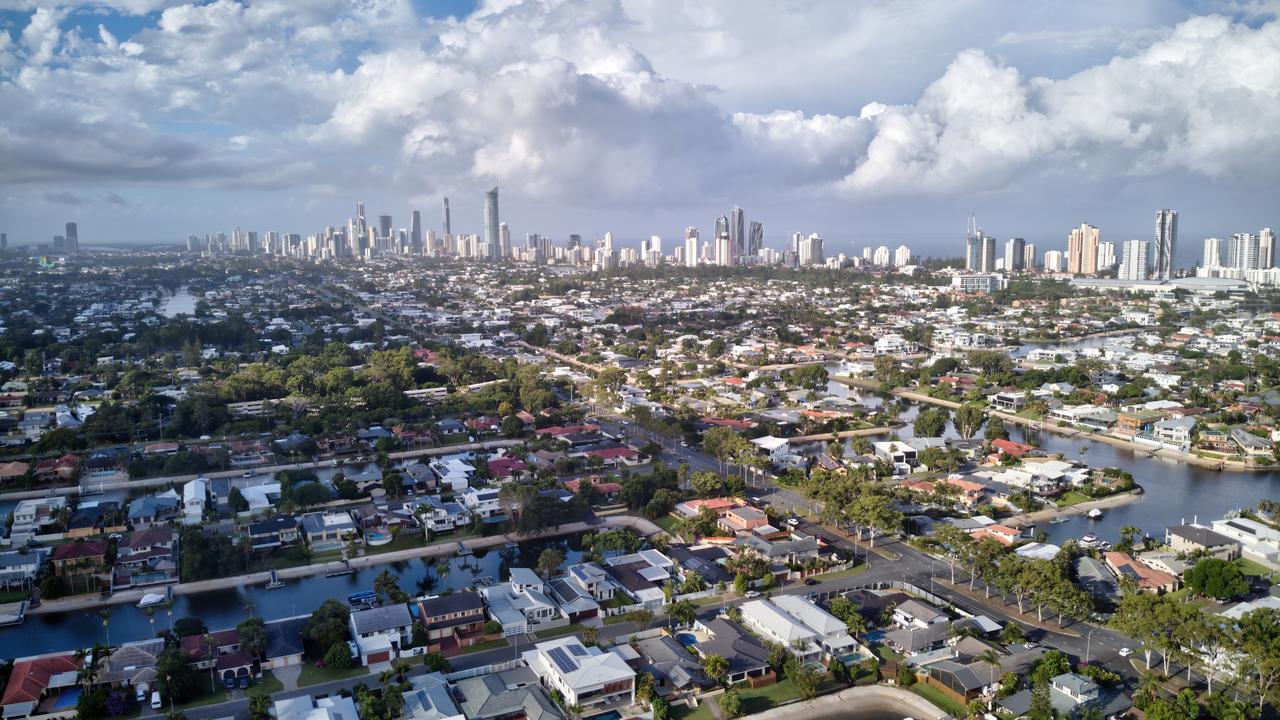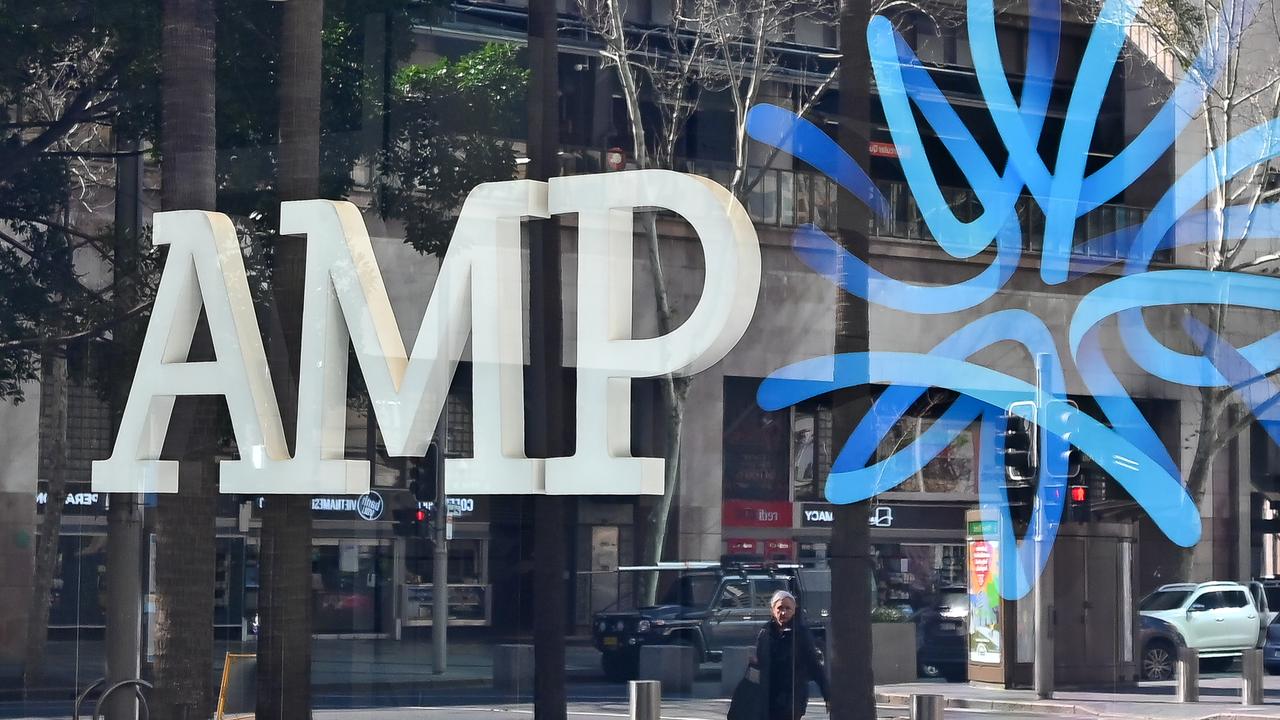LNG industry on alert for export curbs as ACCC expected to confirm gas shortfall
Australia’s LNG industry is on edge that the federal government may use emergency powers to limit exports as the competition regulator prepares to reveal tight supplies for winter 2025.
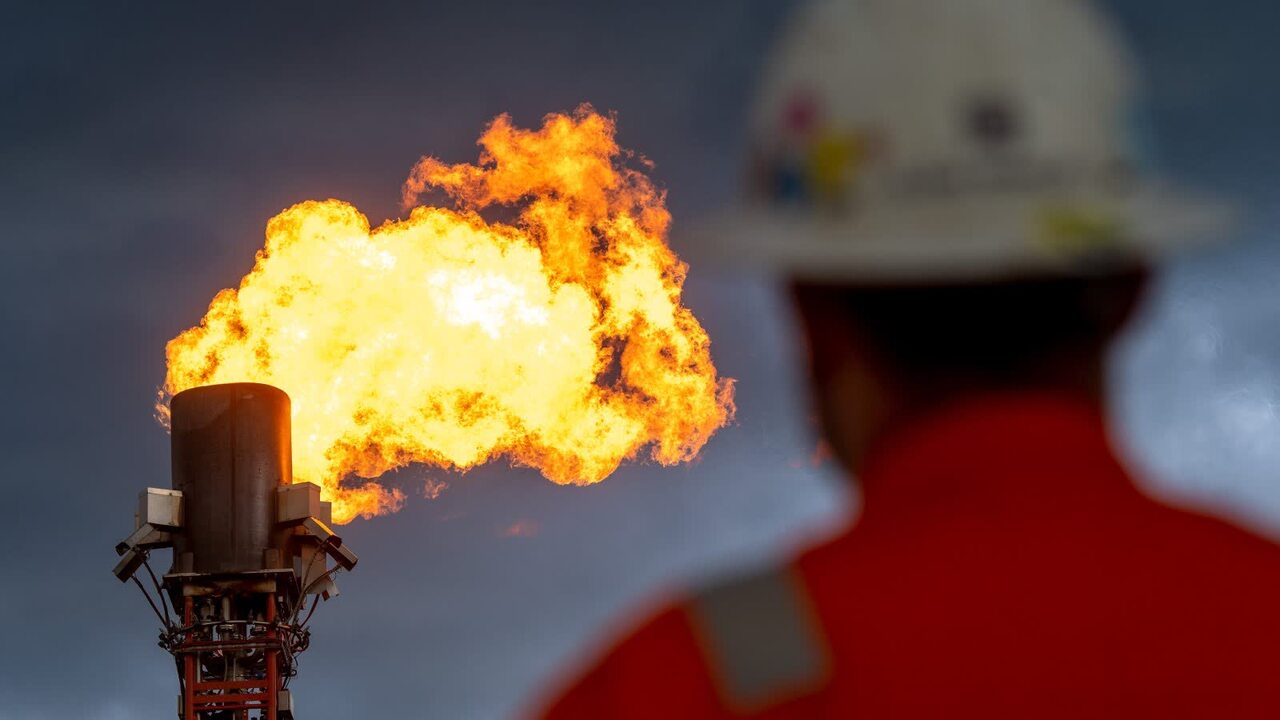
Business
Don't miss out on the headlines from Business. Followed categories will be added to My News.
Australia’s LNG industry is on high alert that the federal government is considering using emergency powers to limit exports with the competition regulator poised to reveal precariously tight supplies for winter 2025.
Energy market authorities have for years warned NSW and Victoria are facing a looming gas supply gap from 2026.
However, recent comments from the Australian Competition and Consumer Commission have elevated expectations within the energy industry that a shortage could be declared one year earlier amid declining output from Victoria's Bass Strait.
The Australian understands the ACCC has delivered its report to the government, which will determine its release date.
A spokesman for Treasurer Jim Chalmers did not respond to requests for comment.
If a looming shortage is deemed, the government can seek to limit exports by LNG participants via the Australian Domestic Gas Security Mechanism, an intervention the industry believes has grown in recent weeks.
“If you had asked me two weeks ago, I wouldn’t have thought that was likely,” said one industry executive who declined to be named.
“But it’s a real possibility now, especially should the ACCC declare a shortfall and the government seeks to show it is acting.”
The decision to trigger the export curb would be determined by Resources Minister Madeleine King. Her representatives did not immediately respond to requests for comment.
An east coast shortfall could curtail heavy industry, limit supplies to residential customers and drive household energy bills higher, a prospect Labor will be desperate to avoid just months out from an election.
But using supplies destined for export markets would strain ties with regional allies, dependent on Australian gas for energy security, and ruin Canberra’s reputation as a reliable location for investment.
Australia’s eastern seaboard LNG assets cost billions of dollars, an investment that was predicated on the basis of being able to export to lucrative markets.
Australian law requires these facilities to make supplies available to domestic users, but critics insist that as one of the world’s largest LNG exporters the east coast should not be facing a supply crunch.
Still, there are physical constraints that limit the capacity of LNG facilities from increasing supplies to Victoria, NSW and the ACT. The pipeline that runs between Queensland and Victoria is often running above capacity, limiting the prospect of a panacea to the supply crunch.
As a result, other industry sources said Labor would likely use any shortfall warning as leverage to extract more supply commitments from LNG participants.
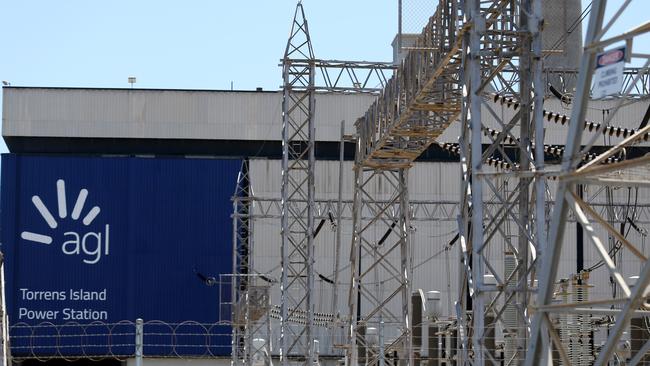
“We were very concerned about the ADGSM around a week ago but then the energy ministers meeting referenced preserving export contracts and that was a major relief to us. Still, I expect there will be demands for more supply,” said a second senior industry source.
While the ACCC is expected to confirm a shortfall, as traditional sources of supply increasingly deplete, the release comes as two major sellers of gas – APLNG and Shell – offer 46 petajoules of gas to domestic users, equivalent to about 5 per cent of east coast demand.
But sources familiar with the so-called expression of interests said demand from prospective buyers had been tepid, seemingly paradoxical to warnings of a looming shortfall.
The apparent soft demand may be a negotiation tactic, with buyers seeking a lower price.
Should deals not be struck domestically, supplies can be sold offshore where countries such as Japan are willing buyers and often buy more than they need to ensure energy security.
But industry figures said the demand may illustrate some smaller retailers may be offering gas to users without first purchasing the physical commodity.
In such instances, a small retailer will purchase gas on the spot market to cover long-term contracts with users.
Such an arrangement works when spot prices are subdued. But should spot prices rise, like in 2022 when Australia suffered an energy crunch, retailers engaging in such activities could be caught.
“It is a game of musical chairs. When the music stops, those who didn’t bring their own gas are left short,” said a separate industry source.
The 2022 energy crunch was triggered by a spate of coal outages, and while generators have spent millions of dollars reliability is not guaranteed.
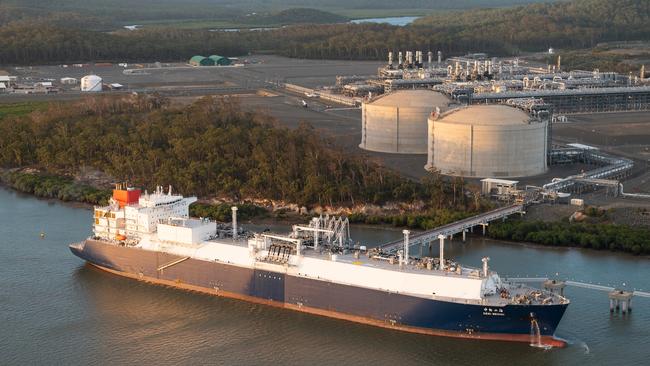
Should Australia’s baseload electricity capacity be curtailed, gas power stations are likely to be called on – which would increase the price of the fuel source – potentially exposing those retailers which haven’t purchased physical supplies.
The Australian Energy Market Operator last week warned that such a scenario would be potentially dangerous for the grid, insisting that supplies will need to be carefully managed for winter.
Consultancy EnergyQuest reinforced the tight supply outlook, concluding that future gas supply issues are even more acute when the seasonal winter peaks of Victoria and NSW are considered.
These two states will be reliant on LNG imports within a few short years, or there simply won’t be enough gas supply to meet demand, and gas users will be unable to source gas at any price, EnergyQuest concluded.
Australia’s gas use peaks in winter as demand from Victorian homes for heating peaks.
Victoria has taken a hardline approach to gas, but faced with an imminent crisis the state Labor government has begun to soften its approach.
The latest example came on Tuesday when it said it would accelerate approvals on applications for exploration – a policy that Australian Energy Producers chief executive Samantha McCulloch said was potentially too little, too late.
“For years these warnings have largely gone unheeded, so the Victorian government’s commitment to fast-track regulatory approvals for new gas supply is a step in the right direction,” she said. “However, after more than a decade of demonising gas and driving away investment, Victoria is starting on the back foot.”
More Coverage
Originally published as LNG industry on alert for export curbs as ACCC expected to confirm gas shortfall




